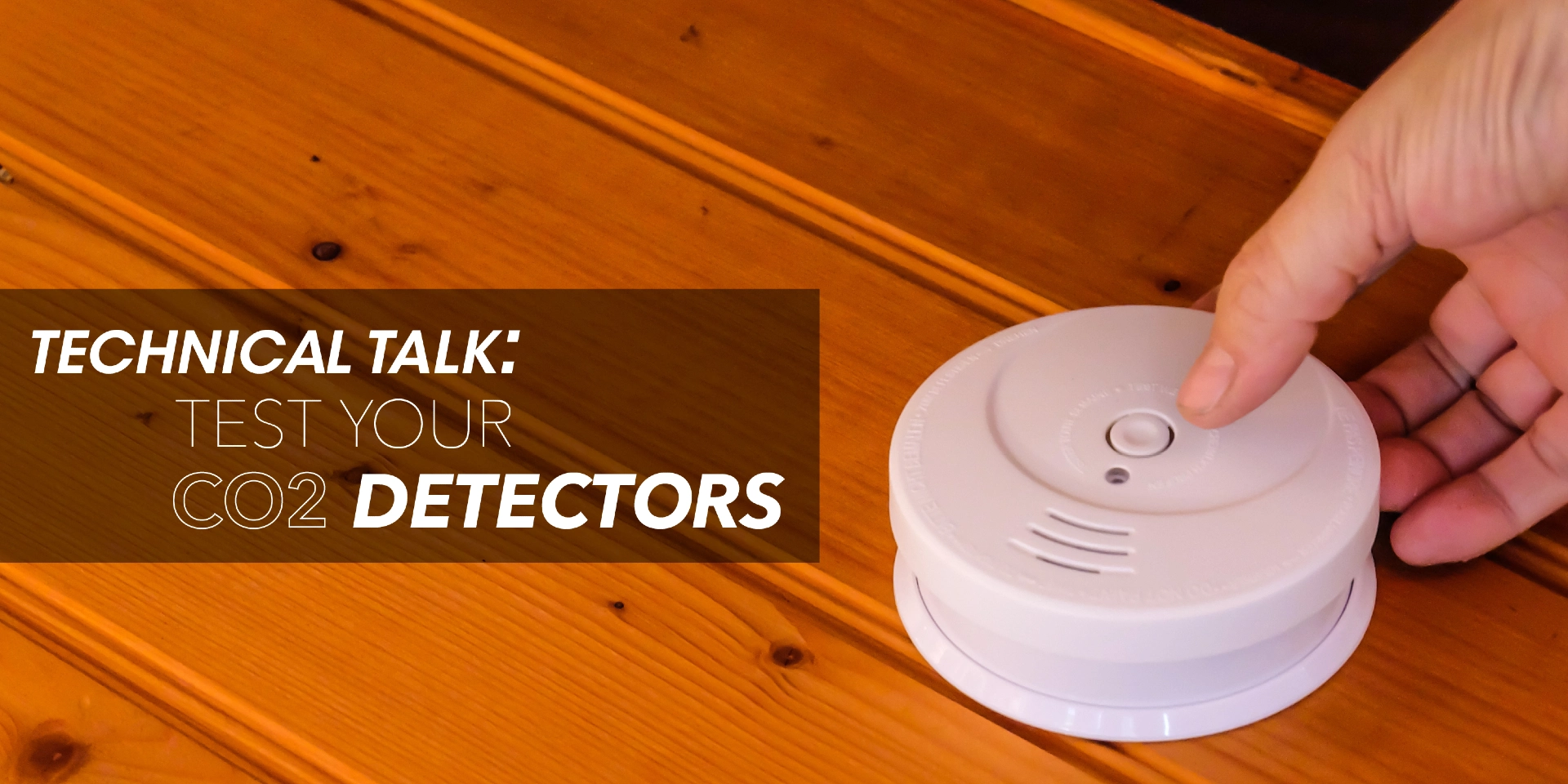Technical Talk: Test Your CO2 Detector

Start spring out on the right foot by testing your carbon monoxide detectors! This will ensure your family and friends are protected from the harmful effects of CO2 exposure.
The Reality of CO2
CO2 is a colorless and odorless gas formed by the incomplete combustion of fuels. This gas is harmful when the molecules displace oxygen molecules into the human body. The symptoms may appear to be flu-like, which often causes a delayed response to seek medical treatment. The Centers for Disease Control and Prevention (CDC) estimates 500 unintentional deaths derive from CO2 exposure annually. This statistic proves the importance of working detectors.
How to Prevent Carbon Monoxide Poisoning
Every home or business should be checked frequently for a properly functioning detector. Its silent exposure can be extremely harmful and potentially deadly.
- Inspect the heating systems, vents, chimney and flue by a qualified professional annually.
- Regularly examine your chimney for improper connections and rust.
- Properly install appliances following the given instructions. Contact a professional if additional help is needed.
- Never use a gas stove to heat the space.
- Never leave your car engine running inside an enclosed space. The gas can seep through vents and doors!
How to Detect if the Carbon Monoxide Detector Works
If you’re concerned your detector isn’t functioning properly, contacting a professional from Aire Serv is the safest option. However, there are some DIY tips if you’re willing to be hands on with the inspection.
- Pressing the “test” button on the CO2 detector isn’t actually testing for gas. It’s only checking the volume capability of the sensor.
- Purchase a smoke detector spray can to test the receptiveness of the detector. This will ensure your detector can recognize smoke easily.
If you have any questions or want to know more about installing a CO2 detector in your home, contact your local Aire Serv today! We are always ready to help.
Sign up to receive our monthly enewsletter. Click here.
 Click to call
Click to call


